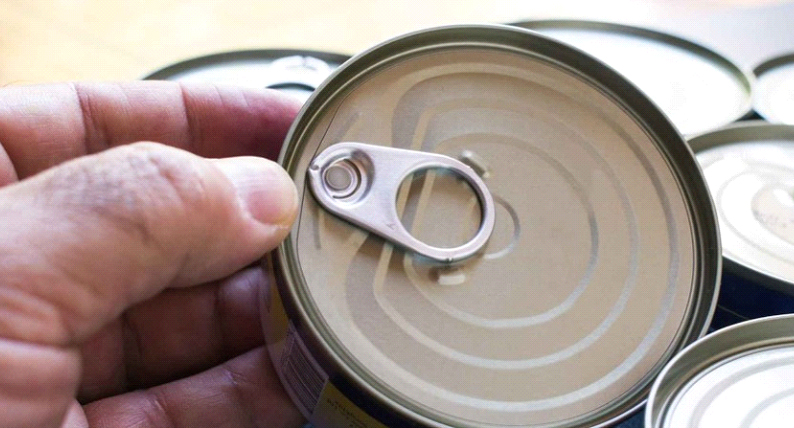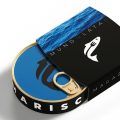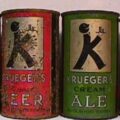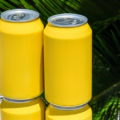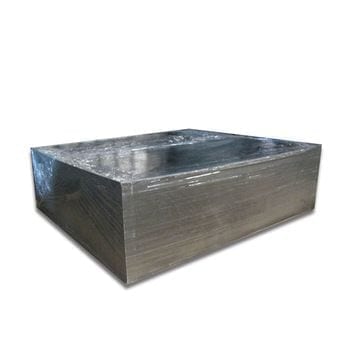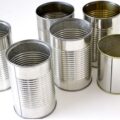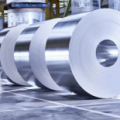The most important features to consider in the design of a canned food can are:
- Airtightness: It is essential that the container be completely airtight to protect the product and avoid contact with air, oxygen or bacteria that could contaminate it.
- Protection against light: Metal containers offer the advantage of being opaque, which prevents light from negatively affecting the qualities of the product, especially vitamins.
- Inviolability: Packaging must be tamper-proof to provide a solid guarantee to consumers, especially in the case of canned fish and shellfish that require high temperatures during processing.
- Traceability: It must be possible to identify the origin of the packaged product at all times.
- Storage without refrigeration: Packages should allow storage of the product without freezing or refrigeration, thus maintaining nutritional qualities.
- Durability: Containers should be strong and durable, capable of remaining hermetically sealed under normal operating conditions and commercial logistics to avoid microbiological recontamination.
- Resistance to corrosion and mechanical damage: They must be able to resist corrosion and possible mechanical damage, as well as thermal and mechanical aggressions during processing and storage.
- Ease of opening: It is important that the can can be opened easily without damaging the contents, preserving the appearance of the product.
- Label design and presentation: The design of the label and wrappers or packaging should be attractive and functional, adapting to the marketing and presentation needs of the product.
- Suitability for mechanical filling: For certain products, it is more rational to use cylindrical containers that are more suitable for mechanical filling and in which the appearance factor is less important.
These characteristics ensure that the packaged product remains in optimum condition for consumption, while meeting food safety requirements and consumer expectations.

